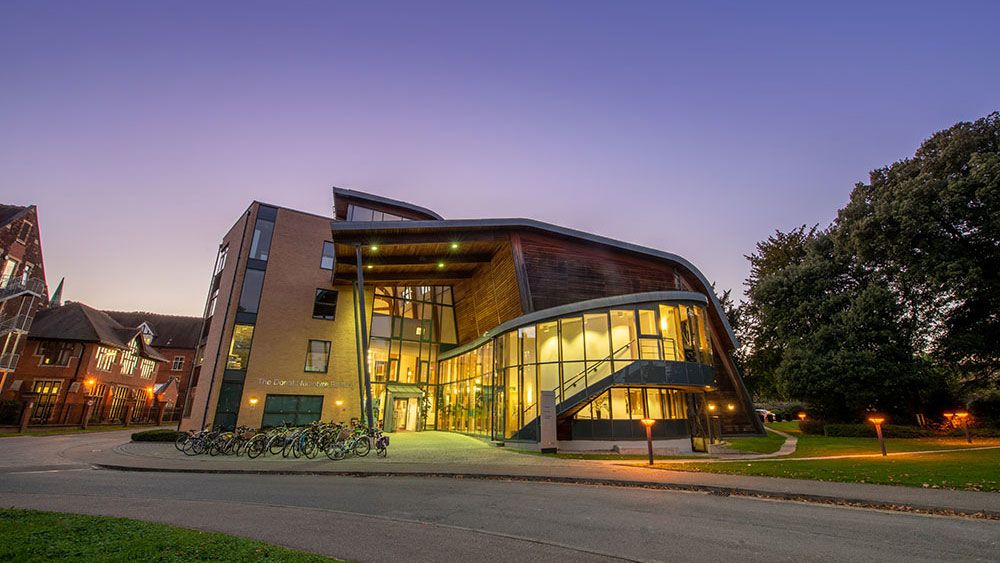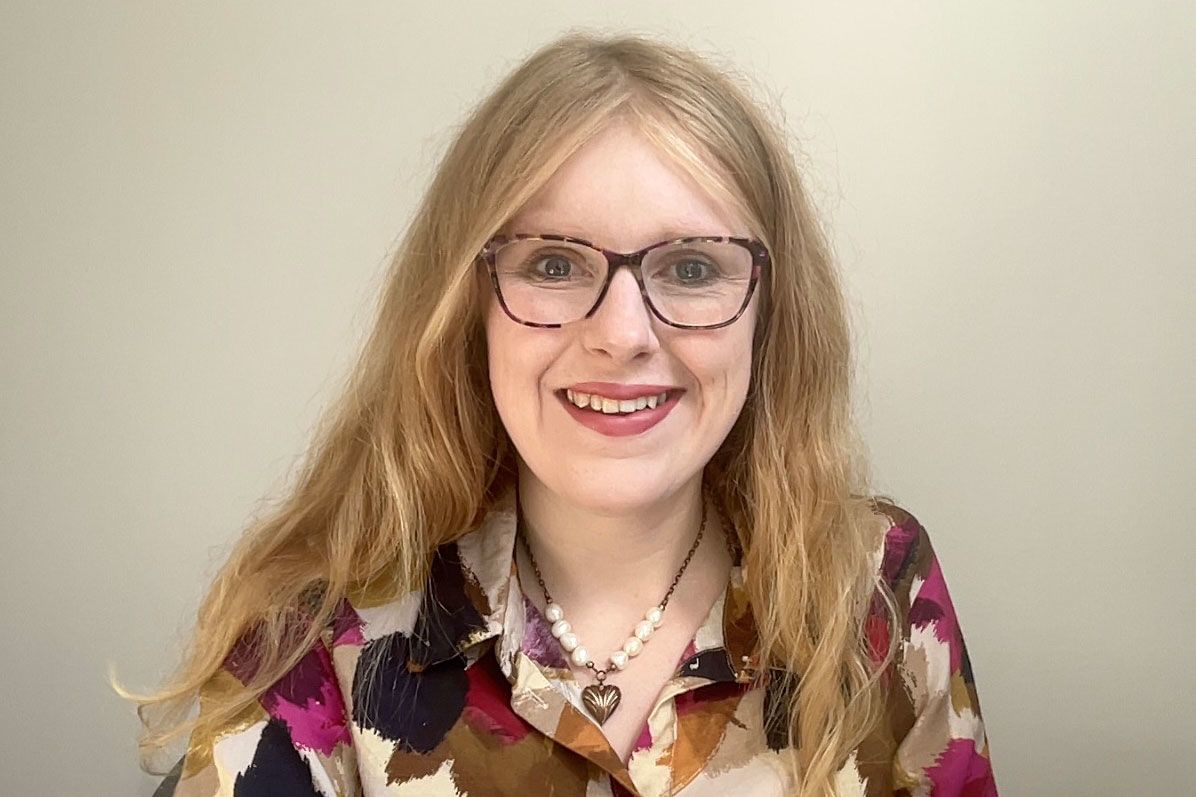BA in Education: Staff profiles

Angharad Butler-Rees joined the Faculty of Education in 2024 as Assistant Professor in Inclusive Education. Her research explores issues including the intersection between disability and educational disadvantage; the educational transitions and post-education career pathways of disabled people; disability activism; and the relationship between disability and wider patterns of social exclusion. As someone with a visual impairment, Angharad has a long-standing interest in education for visually-impaired and disabled people. She has also worked in the charitable sector, supporting blind and partially-sighted people.
Angharad recently led the development of a new paper for the BA in Education: Critical Approaches to Disability. As she explains here, the course is shaped by student demand as well as the Faculty’s research strengths, and seeks to position disability as a core consideration in educational theory and practice.
The idea for this new paper came partly from our students.
Previous students had told us in their feedback that they wanted to know more about disability education. Many of our students end up working in areas like education policy, or education systems, so there was an appetite for deeper thinking about disability not just from a theoretical standpoint, but from the perspective of lived experience, policy and practice.
The paper also draws directly on my own work as well as the research expertise of Faculty colleagues like Nidhi Singal, Jason Arday and Jenny Gibson, all of whom have active research interests in disability and inclusive education. The overall goal is to help students think about how we can apply theories of inclusive education in real-world settings to support children and young people in education today.
A key principle is that disability often intersects with other inequalities.
For example, there are interconnections between disability and race – young people of colour, for instance, are more likely to be labelled as having social, emotional and behavioural difficulties. My own work has explored the relationship between disability and social class. A diagnosis – particularly for things like dyslexia and autism – and appropriate support, will often be related to the school you attend, your socio-economic status, and what your parents can do to advocate for you. It’s also a bit of a postcode lottery. In general, working-class young people tend to attend less well-resourced schools, be diagnosed with disability later and may go through school with very little support. More affluent families are often better able to secure earlier diagnoses for their child and can access schools with smaller class sizes and more focused and tailored provision.
One of the things we really want to get across is that too often we think of disabled people as a homogeneous group. This doesn’t really help – disabled people are just as varied as any other part of the population and their experiences are therefore shaped by all sorts of factors beyond disability alone. We need to be aware of these if we want to develop effective strategies for inclusive education. I am very fond of a quote by Professor Dan Goodley which states: “Start with disability but never end with it”. We really want our students to understand how disability intersects with other social inequalities, and to consider the reasons behind these patterns.
Inclusive practice is about transforming systems in ways that benefit everyone.
A key point is that thinking about disability should be core to education policy and practice.
A big theme in this course is that inclusive practice isn’t just about accommodating a few individuals, it’s about transforming systems in ways that benefit everyone. This is a principle that applies in all sorts of contexts, not just education. Say the local council decides to lower streetside kerbs to help wheelchair users: by doing so, they will also end up helping lots of other people, like those with temporary injuries, the elderly and mums with pushchairs, too.
These ‘spill-over’ effects also apply to inclusive learning. For example, imagine we start to display subtitles during our lectures here at Cambridge. That will help anyone in the room who is hard of hearing, but it may also be beneficial for international students for whom English is a second language. And just as many people these days like to watch television with the subtitles on; putting the words up there might be a useful device for many students. The key principle is designing with inclusion in mind. Do that right, and one can make education more accessible, more flexible and more engaging for all.
Many of our students go onto roles in education policy, teaching, or with NGOs and charities.
The course teaches students to explain research to non-expert audiences.
As part of their assessment, students have to produce either an advocacy paper or evidence briefing. The skill we are developing here is their ability to research an area of inclusive education and then communicate that to a non-academic audience. We run expert workshops on how to do this. This is relevant because so many of our students go onto roles in education policy, teaching, or with NGOs and charities. Being able to communicate research effectively is a key part of their professional development.
The course will also feature input from various other speakers with relevant professional experience, such as colleagues from the University of Cambridge’s Disability Resource Centre, local and national charities, and early-career researchers who have recent experience of working in inclusive classrooms. Practitioner knowledge is a really important component.
Teaching on the undergraduate course is actually a two-way learning process.
It’s incredible to see how the small-group teaching model helps students become more confident in their thought processes and expressing their views. I have also found it invaluable having international students in the classroom. The mix of students from within the UK is equally varied; some will be from small private schools, others from large state comprehensives. They all bring different perspectives to the conversation.
Disability and inclusion is something that our students are often very passionate about. We all have some lived experience of disability, whether it’s through a friend, family member, or someone else that we know. Hearing about how that is approached in different contexts and systems is a really valuable part of the conversation. Knowledge flows both ways and many of our students have been in education a lot more recently than I have! In many ways we are learning together. How disability is thought of and understood is constantly evolving as our ideas change, our population ages, and health systems improve. Often the issues we are discussing do not involve right or wrong answers; they are more like debates that we work through together.


